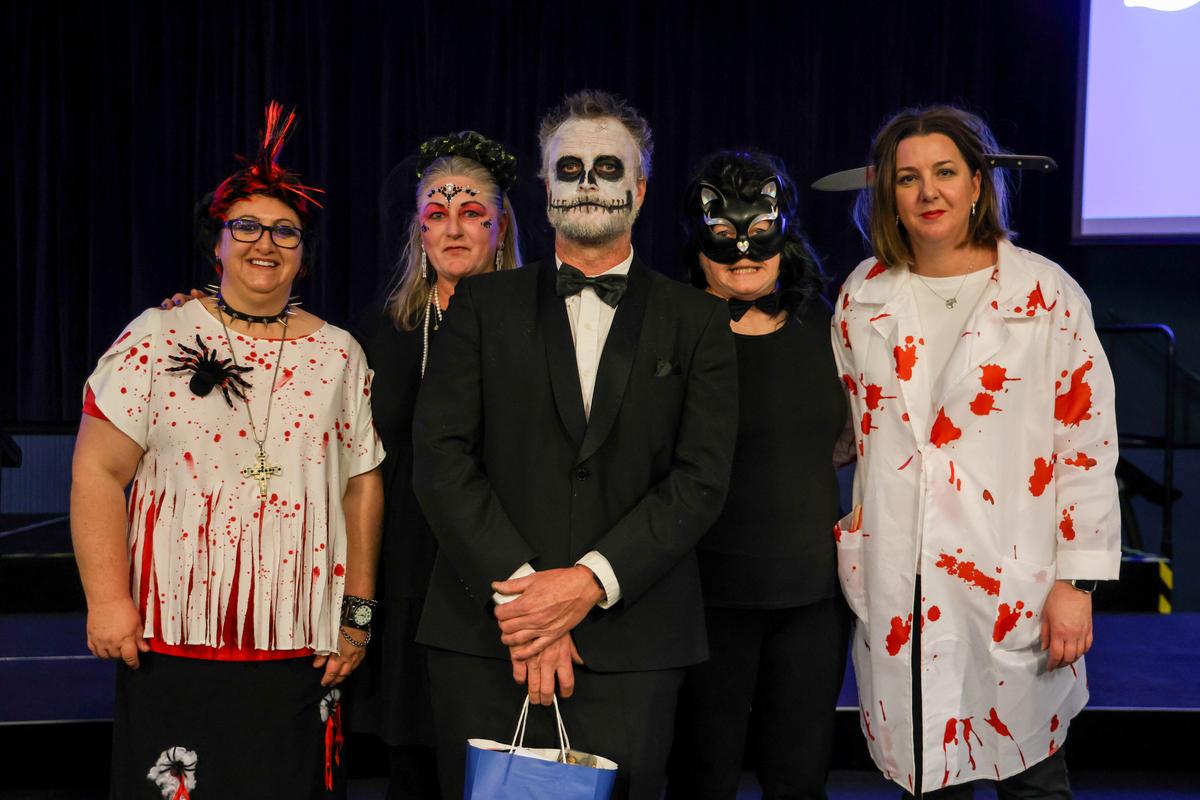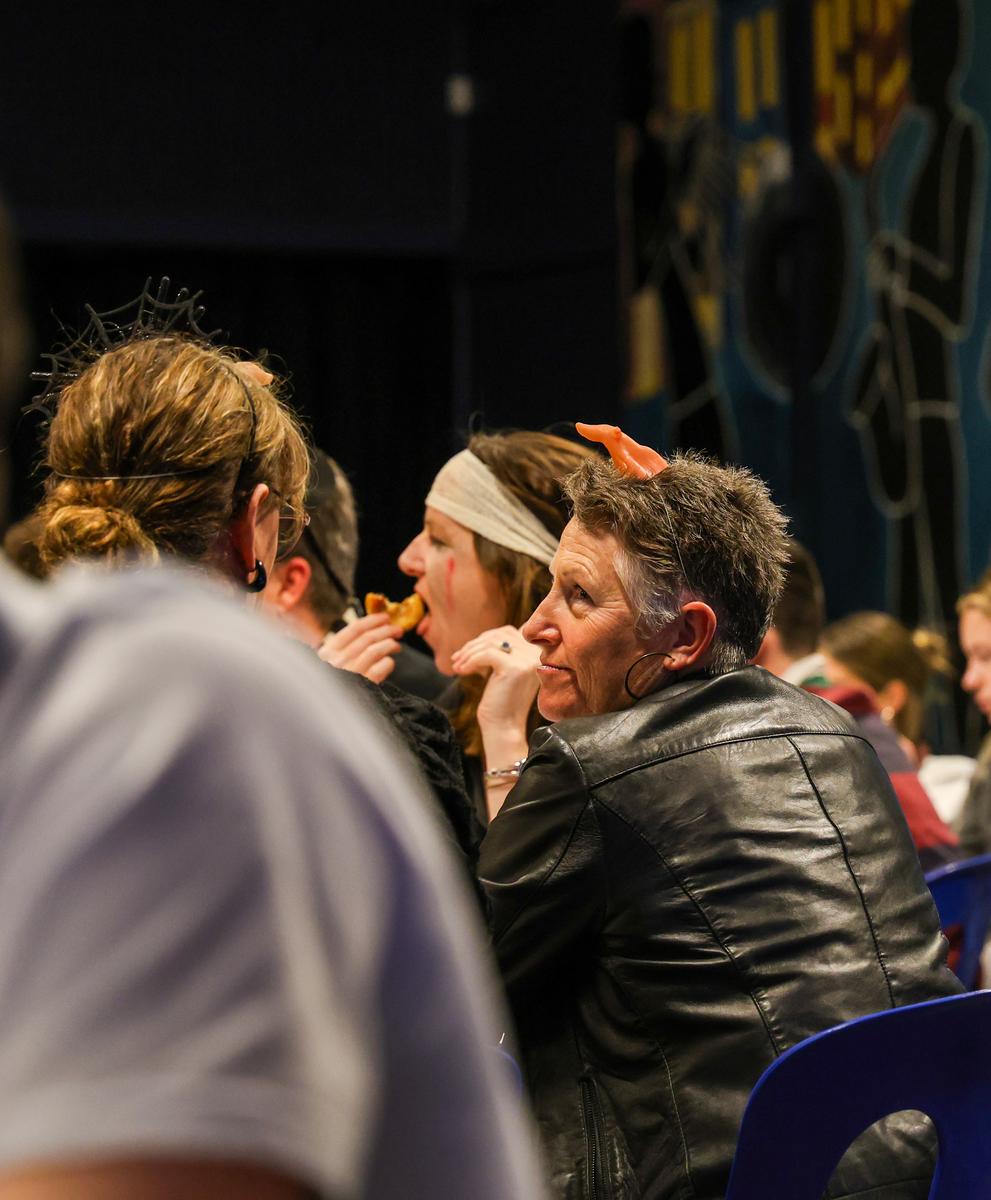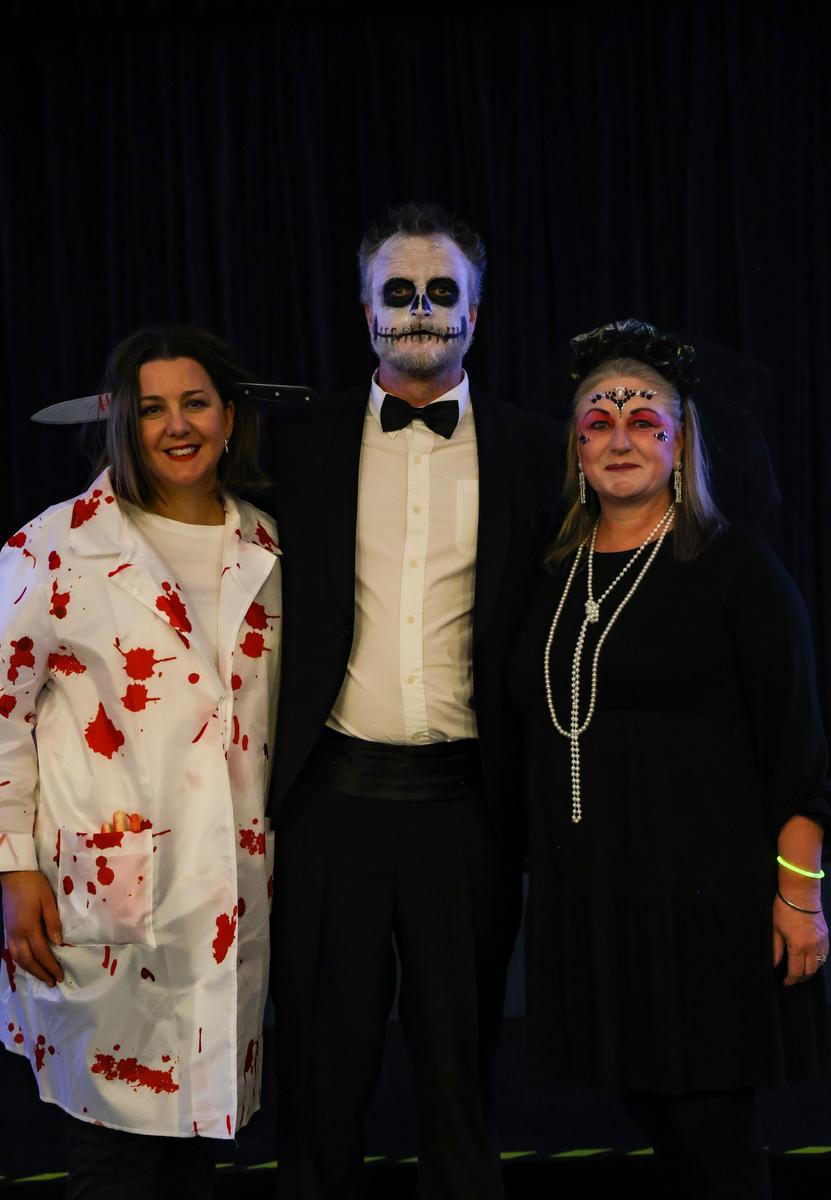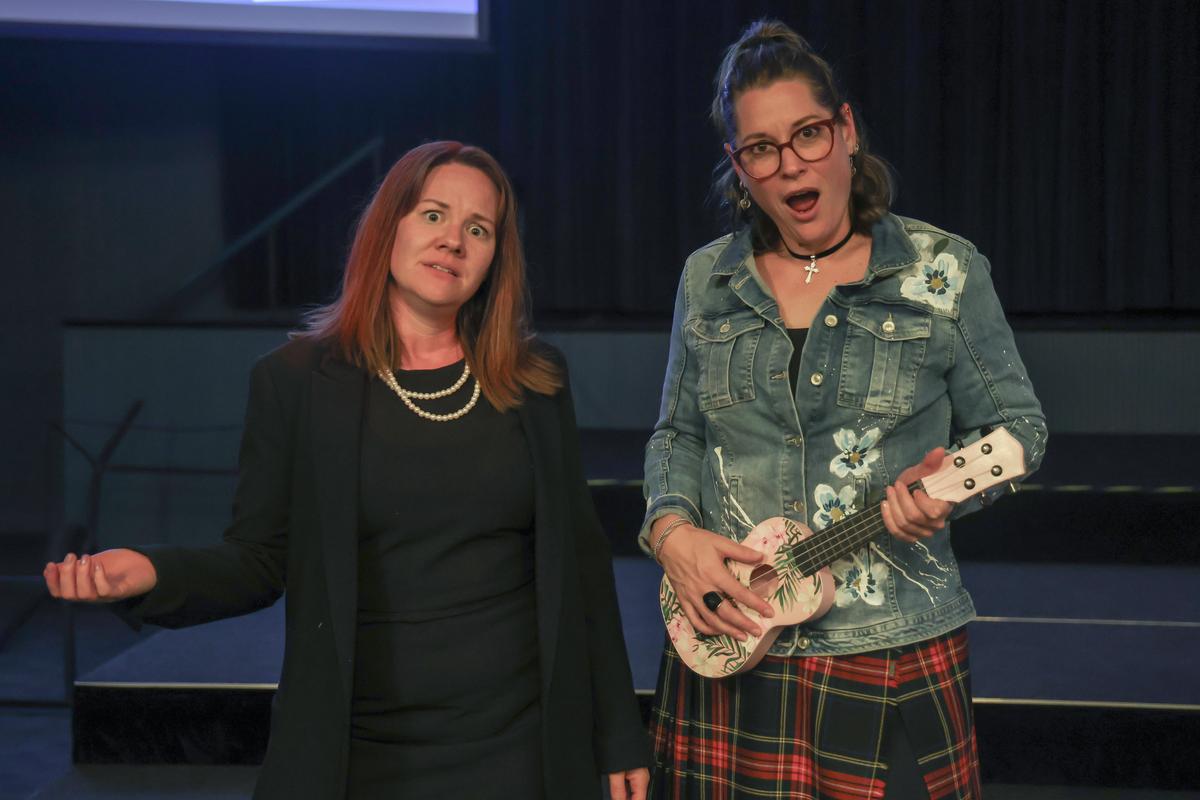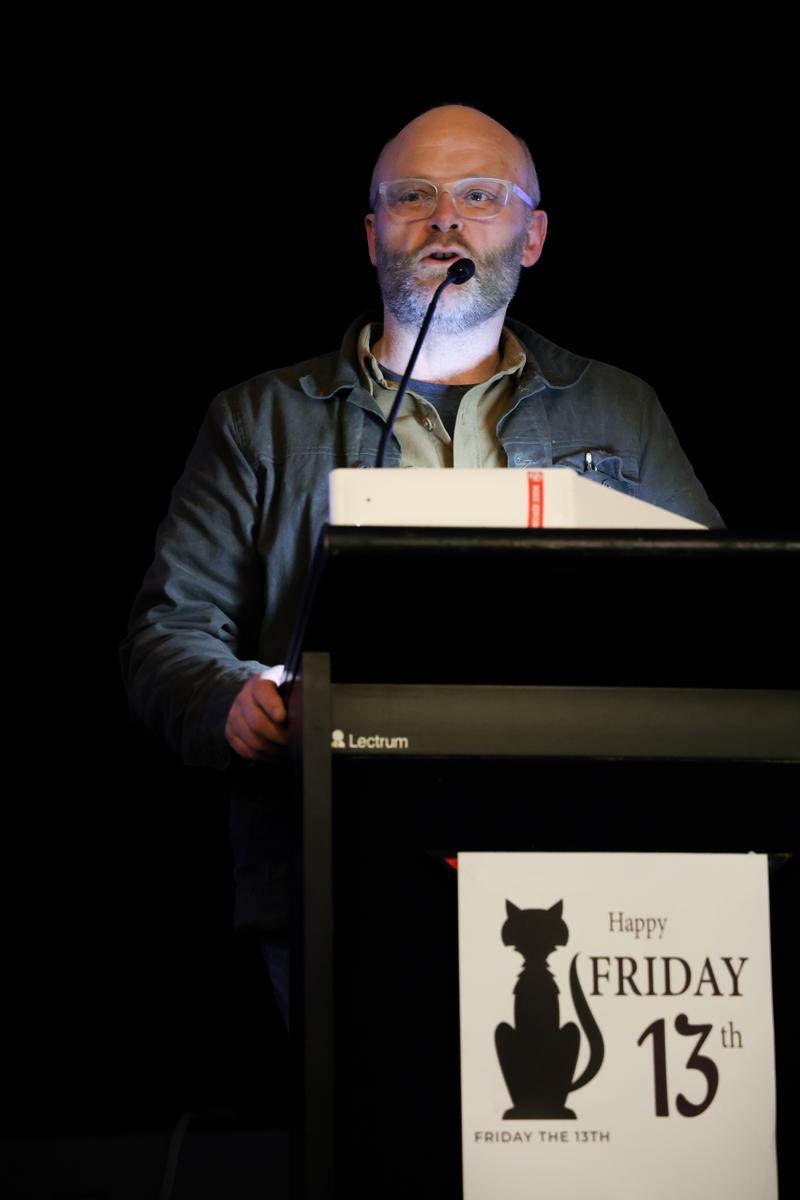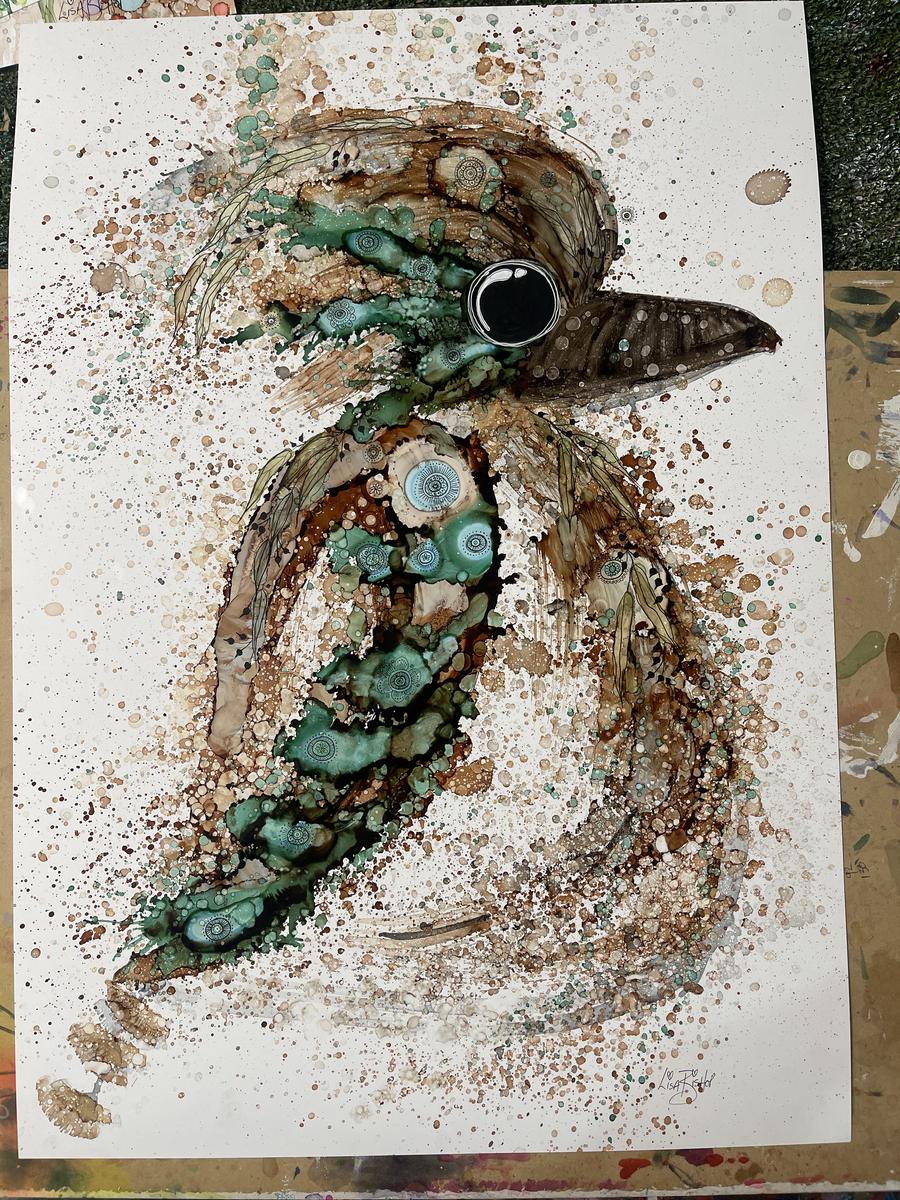From the Principal - Trivia Night and keeping you informed about the risk of Deepfakes
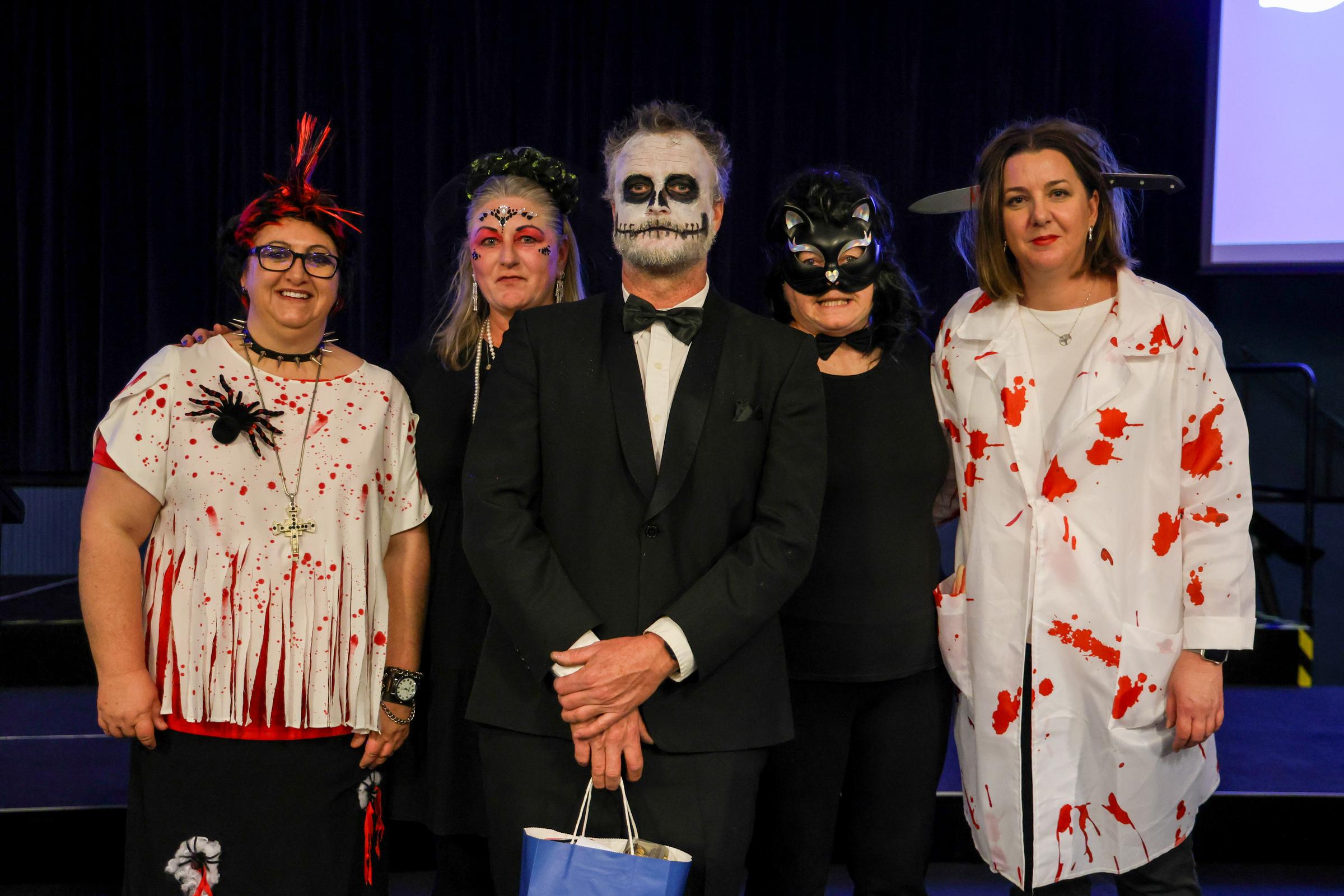
What a great night of fundraising, 'fun-raising' and 'friend-raising' our Trivia Night was! Around 100 people turned out for a fun evening that was expertly executed by our hard-working organising committee. I am pleased to share that approximately $4000 was raised at the event to further support our students and our great school.
A huge thanks to our wonderful staff members: Kylie Fountain, Bronwyn Knox and Cate West for their hard work ahead of during the night. They were ably and generously supported by past parent and school council member Mabel Evgenidis, and our special guest MC Matt Bolte.
Looking forward to the next one in 2025!
Helping you to be informed - Deepfakes
Although there have not been any high profile serious incidents regarding deepfakes in our school community, I am sad to share that it is already an issue impacting our young people, especially in relation to deepfake images.
A key way to protect us all, but especially our young people, is awareness and understanding of deepfakes and to know what to do if impacted
What Are Deepfakes?
Deepfakes are digitally altered media, such as photos, videos, or audio recordings, created using artificial intelligence (AI) to make someone appear to do or say something they never did. Picture a video where a person seems to be speaking words they’ve never uttered, or doing things they’ve never done—that’s a deepfake. This technology often relies on advanced AI, which can generate highly convincing content from relatively small amounts of real data.
Deepfakes have been used in various harmful ways, from fabricating news and spreading misinformation to creating non-consensual explicit material. The increasing sophistication of these manipulations poses serious challenges to the fabric of our society and to our young people.
While it can be tricky to identify a deepfake, there are some common signs, especially in lower-quality versions. These can include blurring or pixelation around the mouth, eyes, or neck; inconsistent skin tones; sudden changes in lighting throughout a video; poorly synced audio; awkward blinking or unnatural movements; and inconsistencies in the storyline or speech patterns. However, as this technology evolves, spotting these manipulations with the naked eye is becoming more difficult. This makes educating ourselves and developing critical thinking around the content we encounter online more important than ever.
Deepfakes pose significant risks to young people, with serious potential harms
Deepfakes pose significant risks to young people, and their potential harms are growing as the technology becomes more advanced and accessible. One of the most damaging forms of deepfake misuse involves non-consensual, explicit content. Deepfake apps and websites, such as the now-infamous "DeepNude" app, allow users to create fake sexualised images of individuals, often targeting women and young people. This can severely harm a young person’s mental health, reputation, and sense of safety, especially when these images are distributed across social media, where removal is notoriously difficult. The psychological impact of such abuse can be long-lasting, contributing to feelings of shame, anxiety, and helplessness. When this involves people under 18 it is classified as child sexual abuse material.
In addition to explicit content, deepfakes are being used as tools for cyberbullying. A young person’s image or voice can be manipulated to show them engaging in embarrassing or harmful behaviour, with devastating consequences for their social standing and emotional well-being. As deepfake technology becomes more advanced, it’s also being used for more sinister purposes, such as grooming and exploitation. Predators can create fake videos mimicking someone a child trusts, making it easier to deceive and manipulate them. This highlights the urgent need for better detection and prevention tools, especially as open-source AI applications make creating convincing deepfakes easier than ever before.
The creation and dissemination of deepfakes depicting child sexual abuse material (CSAM) is another serious and growing concern. This illegal and deeply harmful content not only violates the privacy of the children involved but can also lead to severe emotional and psychological trauma. The rapid spread of deepfake technology has made it more challenging for law enforcement and platforms to keep up with the detection and removal of such material, increasing the potential harm.
What to Do if Impacted by Deepfakes
If you, your child, or someone you care for has been impacted by deepfakes, it’s essential to take immediate steps to minimise harm and seek help.
Report the Content: The first step is to report the deepfake to the platform where it has been shared. Social media platforms like Instagram, Snapchat, and TikTok have mechanisms to report harmful or inappropriate content. It's important to document the incident by taking screenshots and keeping a record of the date, time, and platform.
Contact me at the school or one of our Assistant Principals (Sheri Parkhouse or John Paola who can assist with advice, guidance and referrals.
Contact eSafety: In Australia, the eSafety Commissioner provides support for those impacted by image-based abuse, including deepfakes. You can make a report through their website if the platform is not responsive, or if the content is particularly harmful. The eSafety team can assist with getting the content removed and provide further advice on next steps.
Seek Professional Support: The psychological impact of deepfakes can be severe, especially for young people. Parents and carers should consider seeking professional support, such as counselling services, to help victims deal with the emotional and mental strain that may follow. Many organisations, including eSafety, can direct you to counselling services and mental health support.
Educate and Build Resilience: Parents and carers should engage in open discussions with their children about the risks of deepfakes and how to navigate online spaces safely. Encouraging critical thinking about the content they view or share online can help build resilience. It’s also crucial to teach young people how to protect their personal information and images online, limiting the opportunities for misuse.
Dave Armstrong
Executive Principal

